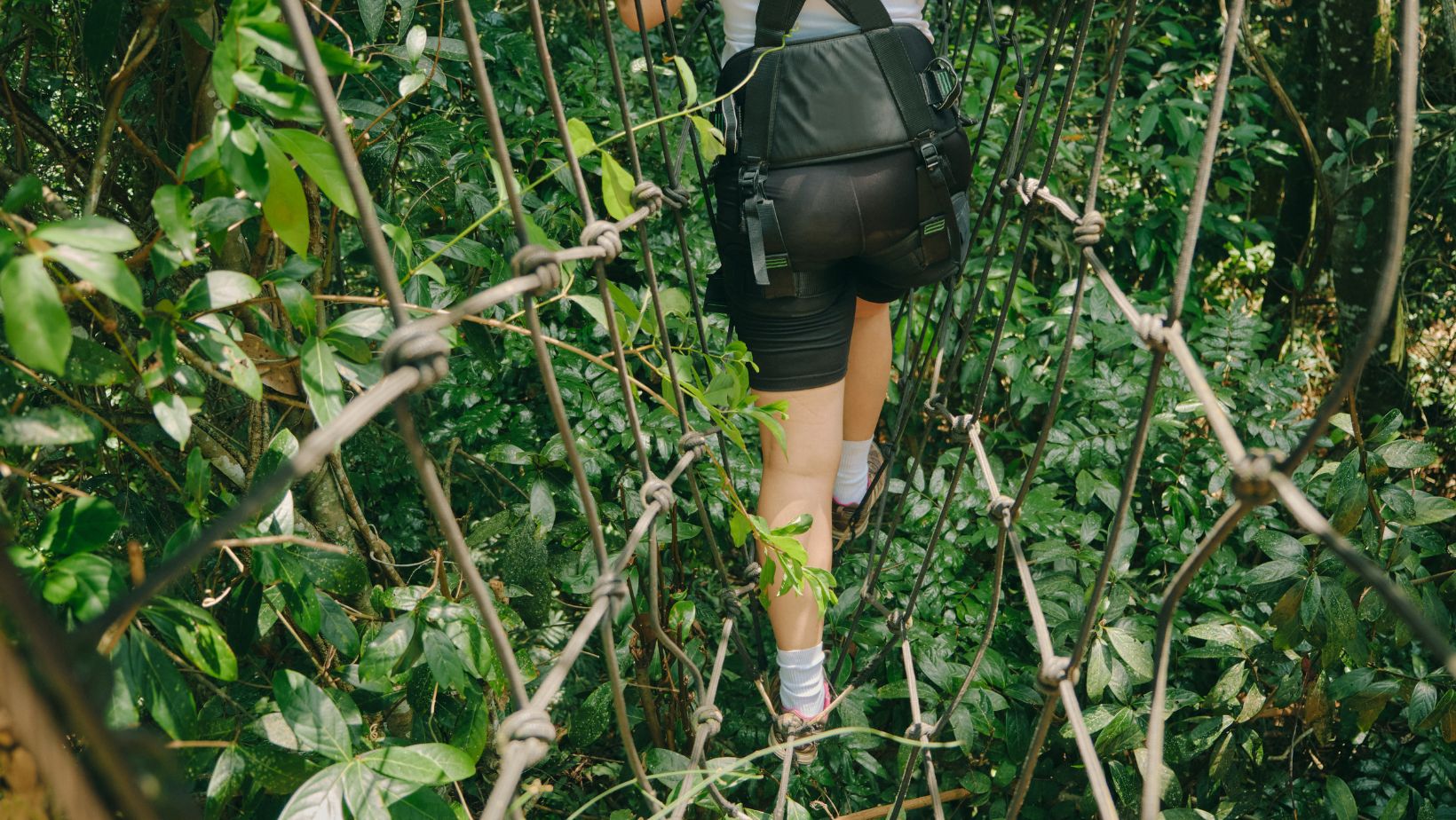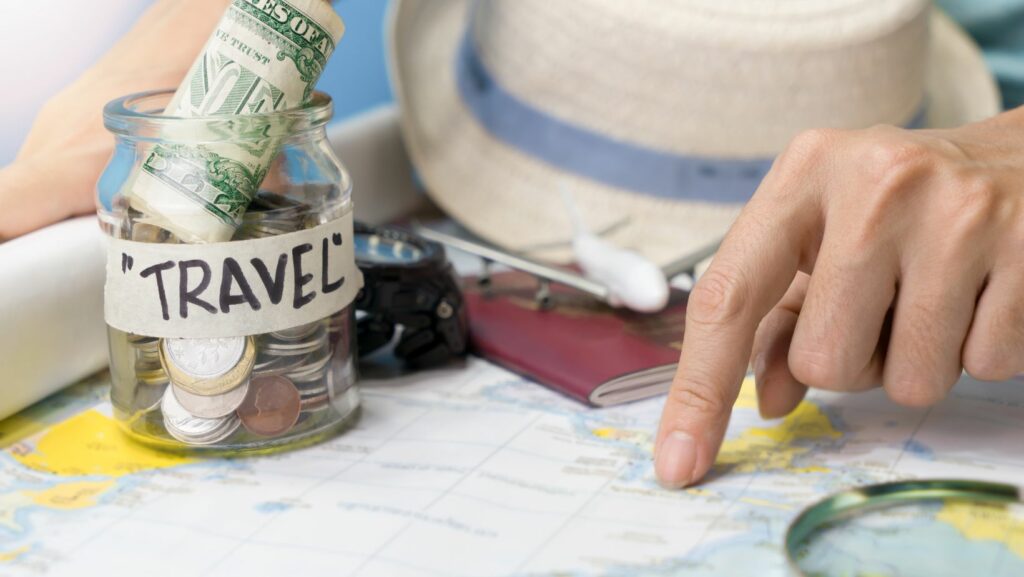Managing the data on your devices is as important as packing the right clothes – fewer distractions and more organized digital tools lead to better focus. You’ll be able to focus on your adventure instead of dealing with constant tech issues. Plus, a clutter-free digital environment will also improve your device performance and battery life, which is absolutely crucial when you’re on the go.
Streamline Devices for Minimalist Travel
Minimalist travel is all about carrying less and experiencing more. Start by assessing which devices are essential for your trip. Some questions worth asking.
- Do you really need a laptop, tablet, and smartphone, or can you manage with just one or two?
- What’s one item that you can’t imagine leaving behind– even if it might seem “extra”?
- Have you ever traveled without your laptop? How did it feel to go without it?
- When it comes to your devices, is there one that truly does it all for you?
- What’s one surprising item you thought you’d need on a trip but never actually used?
- Imagine you’re setting up camp in a beautiful spot. What’s the one thing you want to pull out?
These will help you decide which devices to bring. Once you’re done with this part, make sure you’re optimizing them for travel. Remove unnecessary apps, files, and media to free up space and improve performance. Consider investing in multi-functional devices that can serve multiple purposes (a tablet that doubles as a laptop is a popular option).
5 Steps to Declutter Your Devices Before You Go
Check these tips out and let us know if you’ve got more to add. We’d be happy to read them.
- Audit Your Apps. Delete any apps you haven’t used in the past six months. This will free up space and make it easier to find the apps you do use.
- Organize Your Files. Create folders for different types of documents. Some categories could be travel itineraries, important contacts, and emergency information. This makes it easier to find what you need quickly.
- Clear Out Photos and Videos. Backup your media to a cloud service or external hard drive, then delete them from your device. This will free up significant space.
- Update Software. Make sure all your apps and operating systems are up-to-date to avoid any technical glitches while you’re traveling.
- Optimize Storage. Use built-in tools to optimize your storage. Note: iPhones have a ‘Review Large Attachments’ feature that helps you identify and delete large files.
Before you head out, it’s a good idea to clear out unnecessary files on your Mac. It’s surprising how much space you can free up just by learning how to empty trash on Mac devices, especially when you regularly use them for work or play. When you empty my Mac Trash, you’re removing files permanently, which boosts performance and extends battery life – a win-win for travel. On a MacBook, empty trash to ensure you’re not carrying digital clutter on the go. It might seem simple, but taking these small steps helps you stay organized and focused on your adventure.
3 Must-Have Minimalist Apps for Efficient Travel
Next, you’d better look into these apps before traveling to get prepared. Again, if you can think of more, feel free to let us know!
- Google Maps. This app is indispensable. Great for navigation, finding local attractions, and even checking public transit schedules. Download maps for offline use to save on data.
- TripIt. Consolidate all your travel plans in one place. This app organizes your itineraries, reservations, and tickets, and makes it easy to access everything you need.
- Evernote. Use it to store important documents, take notes, and keep track of your travel plans. Its offline access feature ensures you can access your information even without the internet.
Tips: How to Organize Your Digital Documents for Easy Access
Now, on to the next chapter. Let’s see how you can organize this process as swiftly as possible.
- Digitize your essentials. Snap photos or scan important documents – passport, visas, insurance – and keep them safely accessible on your device. This way, you’ve got them on hand even if you don’t have a physical copy.
- Use cloud storage for backup. Pop copies into a reliable cloud service (Google Drive, Dropbox, or iCloud are all safe options). Now, even if you lose your phone, you can still reach your files from another device.
- Organize with purpose. Set up a folder just for travel and divide it into subfolders: ‘Flights,’ ‘Accommodation,’ ‘Activities,’ etc. It’ll save you from endlessly scrolling through files when you just need your hotel address.
- Download for offline access. Make sure key files are available offline. Wi-Fi can be spotty, so having documents stored locally means you won’t stress if you’re in airplane mode.
- Keep your itinerary at a glance. Try using a simple itinerary app or note, so all your flight times, hotel addresses, and activity reservations are easily viewable in one spot.
- Don’t forget passwords and important contacts. Jot down or store passwords and a few emergency contacts in a secure note app, so you’re not fumbling if you need quick access.
- Lighten your physical load. Digitize your reading material, maps, and even tickets if possible. Every little bit of paper you leave behind makes your bag lighter and your travels smoother.
How to Maintain a Clutter-Free Digital Space While Traveling
Regularly review and delete unnecessary files, emails, and photos during your trip to keep your devices clutter-free. Set aside a few minutes each day to perform this task. Use cloud storage to backup new photos and documents, freeing up space on your devices (as explained above). Many cloud services offer automatic backup, which simplifies this process.
Conclusion
Digital decluttering is an essential step for modern travelers looking to minimize stress and maximize enjoyment. Remember, the goal is to carry less and enjoy more. With these tips, you can travel smart and keep your focus on the adventure that lies ahead.


